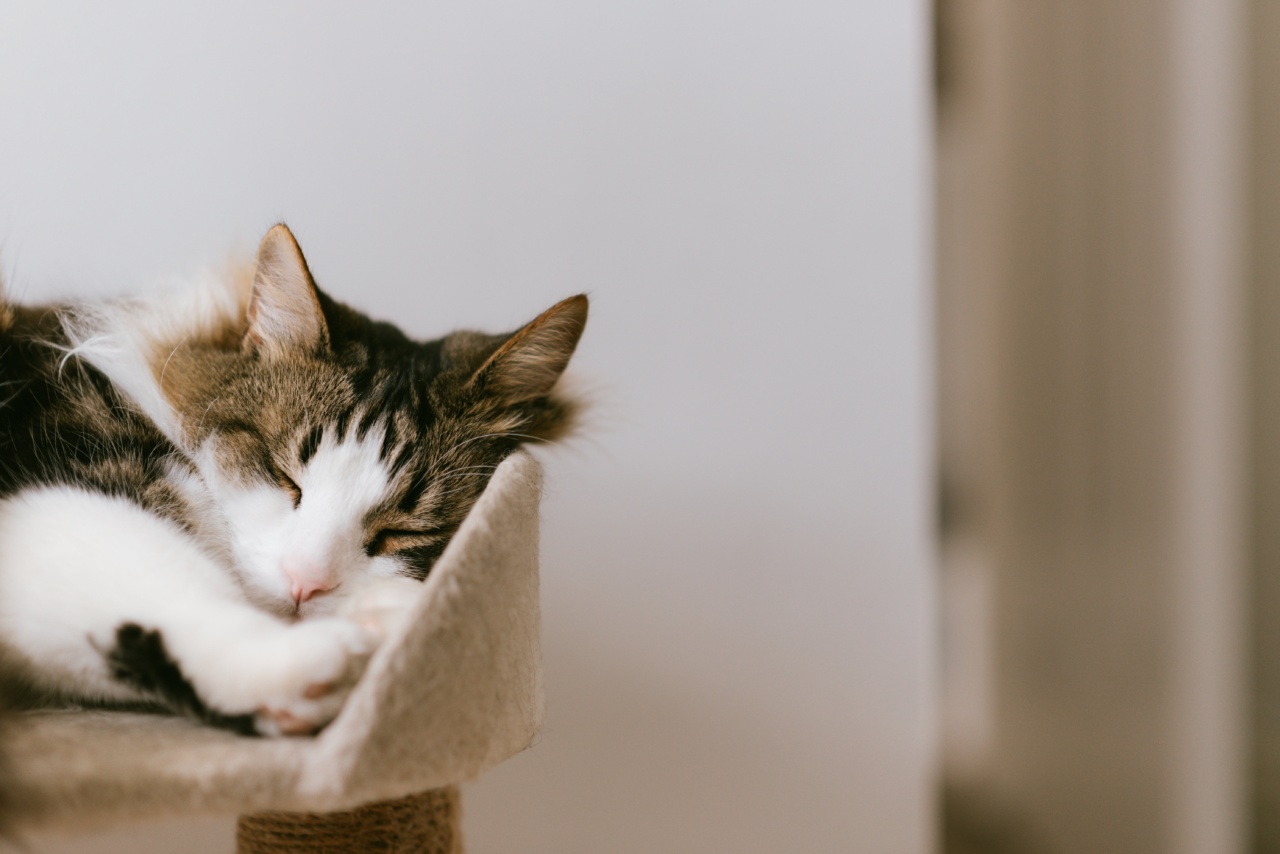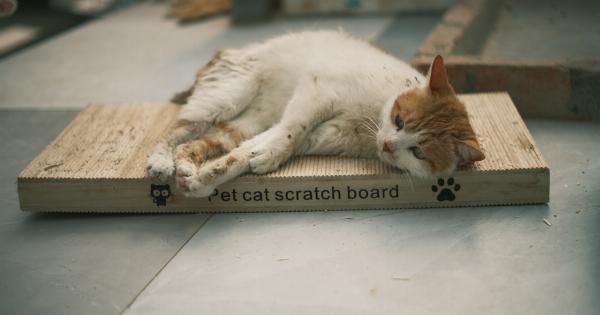Cats are known for being playful and curious animals. However, they also have a natural tendency to scratch and dig their claws into different surfaces.
This behavior is not only a way for cats to stretch and exercise their muscles, but it is also a way for them to mark their territory.
While cat scratching is completely natural, it can become a problem if your cat is damaging your furniture, carpets, or any other valuable items.
In this article, we will explore the causes of cat scratching and the different treatments that can help you manage this behavior.
What Causes Cat Scratching?
Cat scratching can be caused by a variety of reasons, including:.
1. Marking Territory
Cats have scent glands located in their paws, which they use to mark their territory. By scratching, they leave their scent behind and communicate to other cats that the area belongs to them.
2. Stretching Muscles
Scratching is a natural way for cats to stretch their muscles. This behavior helps them maintain their flexibility and reduce the risk of injuries.
3. Removing Old Claws
Cats shed their claws periodically, and scratching helps them remove the old, dead layers and reveal new claws underneath.
4. Boredom or Stress
If your cat is scratching excessively, it could be a sign of boredom or stress. Cats that are left alone for long periods or that do not have enough physical or mental stimulation may resort to scratching as a way to release their frustration.
Treatments for Cat Scratching
Fortunately, there are several treatments that can help you manage your cat’s scratching behavior. These include:.
1. Provide Scratching Posts
Scratching posts are an excellent way to redirect your cat’s scratching behavior. Choose a post that is tall enough for your cat to stretch and sturdy enough to support their weight. You can also sprinkle catnip on the post to attract your cat.
2. Trim Your Cat’s Claws
Trimming your cat’s claws regularly can minimize the damage they cause when scratching. Use a specialized cat nail clipper and be careful not to cut the quick, a sensitive blood vessel that runs inside the nail.
3. Cover Furniture
If your cat has a particular liking for a piece of furniture, consider covering it with a thick blanket or a plastic cover. This will make the surface less appealing to your cat and reduce the risk of damage.
4. Provide Mental and Physical Stimulation
Make sure your cat has enough mental and physical stimulation. Provide them with plenty of toys, play with them regularly, and create a cozy environment with hiding places, perches, and scratching posts.
5. Use Deterrents
If your cat is scratching a certain area, you can use deterrents to discourage them. These can include sprays, double-sided tape, or motion-activated devices that emit a high-pitched sound or a jet of air when your cat approaches.
Conclusion
Cat scratching is a natural behavior that can become a problem if it damages your furniture or other valuable items.
Understanding the causes of cat scratching and providing your cat with appropriate scratching posts, mental and physical stimulation, and deterrents can help you manage this behavior. If you are still struggling to control your cat’s scratching behavior, consider consulting with your veterinarian or a professional animal behaviorist.































